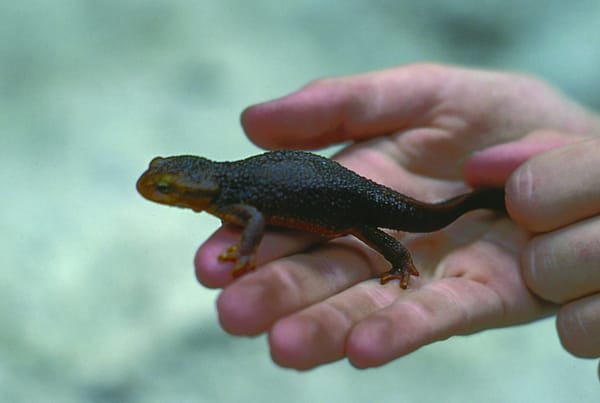On the oxidation of Earth’s atmosphere...
Pavitar Devgon delves into the murky past of oxygen
Making up roughly 20% of the air we breathe in, oxygen is one of the most abundant elements on Earth. It is used by all forms of life for respiration, which provides the energy organisms use to grow, repair and live. However, it has not always been in such plentiful supply.
Initially, when the Earth finished forming (I say finished, it is actually constantly changing and adapting) 3.5 billion years ago, the surface was a blistered mass of volcanoes spewing magma and gas out into the open. There occurred an event, named the Great Oxidation Event which resulted in oxygen of the atmosphere and the beginning of air as we know it now. Most figures indicated this to have occurred c2.5 billion years ago and there has been much speculation as to what caused this event, which eventually lead to the development of life on Earth.
Most commonly, the starting point for oxygen generation is sulphur from volcanoes. At the time, most submarine volcanoes produced gas with low sulphur content, but as the global sea level began to drop, more of the Earth’s was exposed to the surface and the exposed volcanoes produced gas with a much higher sulphur content, particularly sulphur dioxide. The gases eventually dissolved in seawater and broke down forming bubbles of oxygen in the water, which we know can be used to sustain life – most fish and marine wildlife uses the oxygen dissolved in water in order to respire.
By analysing rock strata from around this era, paleochemists found that a certain isotope of sulphur (Δ33S) indicated a lack of oxygen in the atmosphere. This isotope disappeared around the time of the Great Oxidation Event and the emergence of the O2 molecule radically altered the redox-based biochemical processes beforehand. Further analysis of the data showed that the trigger for this isotope may have been the redox ratio between the two sulphur-based gases released by volcanoes – sulphur dioxide (SO2) and hydrogen sulphide (H2S). A higher ratio of SO2/H2S produces significantly more of the MIF isotope. As the composition of volcanic gases changed, there led to more oxidized gases and so lower Δ33S.
Kump and Barley, two geoscientists from Pennsylvania State University and the University of Western Australia in Crawley, respectively, have been analysing data for some time in this field – specifically using carbon dating techniques. They argued that subaerial volcanic gases are more oxidized than submarine ones and proposed an increasing impact from subaerial volcanoes would have resulted in increasingly oxidizing volcanic emissions. However, some question their results, saying that the fluids from the seafloor that Kump and Barely used to define the redox at the time of the Great Oxidation Event was “poorly constrained”. Other also argue that it is not redox conditions altering the SO2/H2S ratio, but gas pressure.
Further analysis into this phenomenon requires us to consider various gas equations in competition, each struggling to become dominant as the global temperature and pressure changed. Rather than bore you with too many more figures and equations, it is easier to describe that during the period 2-3 billion years ago, global sea levels did fall and a combination of the changing degassing pressure and higher proportion of subaerial volcanoes led to a higher proportion of both sulphur dioxide and hydrogen in the air, as well as amounts of carbon dioxide. Competing processes of thermochemical reactions led eventually to dominance of water vapour and ultimately the fall of sulphur altogether. And with more oxygen, breeds life.






